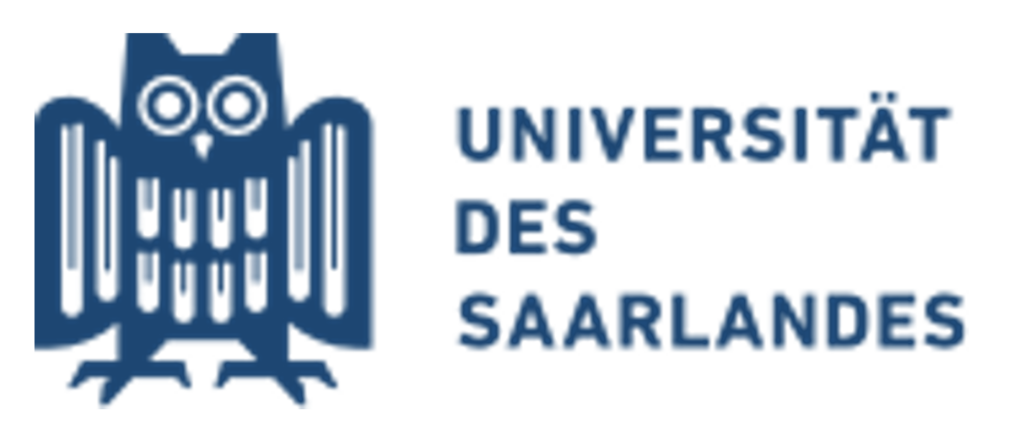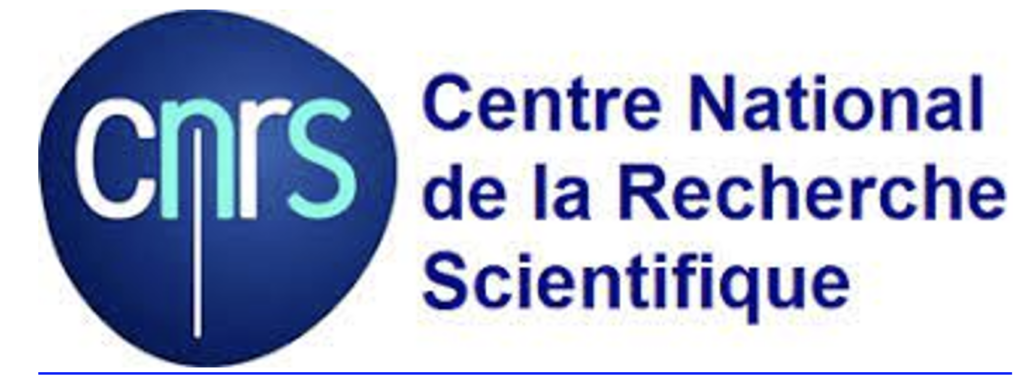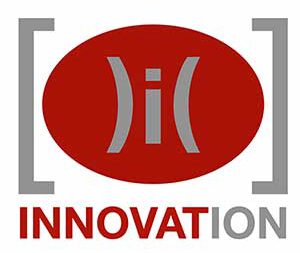Info consortium

USAAR – Saarland University, Germany
Saarland University counts 17.000 students of whom 7% are foreign students. Saarland University has 6 faculties and provides a broad spectrum of disciplines and a strong focus on life sciences and computer science aspects. The concept of investigations is an interdisciplinary approach to explore cellular signaling under physiological and pathophysiological situations. The research contains elements of basic research and applied science, comprising e.g. pharmacological safety screens and exploration of diagnostic concepts.

SB – Sanquin Blood Supply
Group SB1 – Emile van den Akker
Group SB2 – Marieke von Lindern
Sanquin Research (SR) is actively involved in the training of bachelor-, master- and PhD-students. SR employs 17 full professors and multiple associate professors. Currently, approximately 75 PhD students in all stages of their study perform their studies at SR. They enroll in the (post)graduate school of the Academic Medical Centre (AMC) of the University of Amsterdam (UvA). The research division is well equipped and performs basic and translational research in the field of transfusion medicine, haematology and immunology.

University Lyon 1
The Claude Bernard Lyon 1 University proposes a wide offer of formations preparing to the professional life within 13 departments. Lyon 1 awards 350 PhD a year at the outcome of their research studies, conducted in the university’s laboratories, in cooperation with partner industries or other educational establishments.

Nanion – Nanion technologies GmbH
Nanion is a SME focused on the automation and upscaling of electrophysiological recording techniques, with the core competence being high-throughput patch clamp electrophysiology. Nanion produces medium- to high-throughput recording devices and develops target-specific assays for a broad range of research areas, drug discovery and safety screening.

Cysmic GmbH is specialized in automated high-throughput cell detection and cell classification based on imaging methods. Involving artificial intelligence, we are able to detect smallest shape features of red blood cells damage indicating blood cell related diseases or storage lesions.

RRM – RR Mechatronics
RR Mechatronics is a medical device company employing some 90 people of which 34 work in R&D. Its main products are:
- The Starrsed line of fully automated Westergren ESR instruments for medium to the largest fully automated clinical laboratories.
- In-line, reagent preparation from concentrate for the leading flow-cytometer manufacturers.
- The Lorrca OsmoScan and Oxygenscan, an Ektacytometer instrument that is the gold standard in research and severity assessment of hereditary RBC membrane disorders and Sickle cell anemia.
All of our three lines-of-business were developed in continuing close international cooperation with either academia or large hematology instrument corporations.
RR Mechatronics has participated many nationally subsidized projects and has recently acquired a EUROSTARS funded EU project for the further development of an instrument that measures the individual’s susceptibility of a sickle cell crisis and an EU consortium for the development of an assay measuring RBC’s oxidative stress resilience .

Eurice – European Research and Project Office GmbH
Founded in 2000, Eurice provides comprehensive project and innovation management services for international collaborative research and innovation projects. Within H2020, Eurice has been involved in the coordination of >30 collaborative projects – among them 6 MSCA Innovative Training Networks. According to the most recent H2020 monitoring report, Eurice belongs to the Top 3 of SMEs in Europe regarding the number of signed H2020 agreements. Eurice is among Europe’s largest project management offices, with an interdisciplinary team of over 40 staff members. Providing >50 training sessions in the field of H2020/year, Eurice is a highly experienced and renowned training provider within the EU. In 2018 alone, we welcomed over 4,000 researchers, SMEs, reviewers and EC project monitoring staff to our extensive innovation management training programme.

CNRS – French National Centre for Scientific Research
The Centre National de la Recherche Scientifique is a government-funded research organisation under the responsibility of the French Ministry of research. With 33000 persons, 1144 research units spread throughout the country, CNRS carries out research in all scientific fields of knowledge and conducts interdisciplinary programmes, one major objective being to improve knowledge, promote interdisciplinarity, ensure economic and technological development or solve complex societal needs. CNRS is the French largest research organization, and the largest European one in terms of publications. CNRS has been awarded in 2017 HR Excellence in Research (HRS4R).
The Station Biologique of Roscoff belongs to Centre National de la recherche Scientifique as well as Sorbonne University Curie, which is the first University in France. The Institute comprise 30 people, with dedicated mission for research and teaching with a high degree of interdisciplinary. The Roscoff Station has a long tradition of hosting scientists and students and now belongs to the ESFRI project EMBRC offering then all core facilities for modern science. Moreover, since National center for Conference of the CNRS-1 is based at Roscoff, the institute is a hotspot for scientific diffusion.

Founded in the 14th century, the IRCCS Fondazione Cà Granda Ospedale Maggiore Policlinico in Milan, Italy, is one of the leading Italian hospitals in clinical and research activities, with 900 beds and 36 000 hospitalizations and about 3.000.000 outpatient services per year. FOMP hosts units for clinical follow-up and translational research in hematology, pneumology, infectious diseases and other specialties. FOMP is able to offer a portfolio of clinical services covering all types of interventional and non-interventional studies, in line with the highest national and international quality standards. The Policlinico further stands out for being the regional Centre of reference for the treatment of Rare Diseases where experts are able to follow over 300 rare pathologies of the adult and child.
It is the first public IRCCS in Italy for quality and quantity of research produced. The Hospital is the main University Hospital of the University of Milan.
Pathophysiology of Anemia Units is a full equipped laboratory for diagnosis, functional tests and translational research of congenital hemolytic anemia. Facilities and collaborations with Central Laboratory offer a full accessible service for molecular investigation and automated NGS platform for molecular investigation (t-NGS, WES, WGS). About 150 hemolytic patients are investigated every year.
